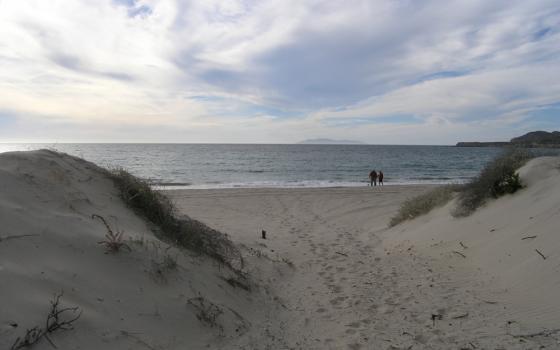Sinking cities
In April, Dutch geologist Dr. Gilles Erkens presented his research on sinking cities to the General Assembly of the European Geosciences Union. Sinking ground – known formally as land subsidence – is a phenomenon in coastal cities worldwide, and it compounds the threat these cities already face from climate-induced rising sea-levels.
Erkens studied five costal megacities: Jakarta, Ho Chi Minh City, New Orleans, Dhaka and Bangkok, concluding that land subsidence should be an urgent environmental concern. Yet, the research also found that solutions to land subsidence are within reach. Among proposed solutions, Erkens suggests cities pump less groundwater (as Tokyo and Venice have already done) and use lighter building materials.
What Erkens found about sinking cities:
- Land subsidence is caused primarily by human activity. While rising sea-levels threaten all coastal regions, it is only in urban areas – where groundwater is pumped – that the ground is also sinking.
- Though underestimated by many governments, land subsidence poses significant threats to urban settlements in coastal regions. It increases flood risks by keeping areas deeper underwater for longer periods of time and it also increases damages to key urban structures such as buildings, railways and water pipes.
- Land subsidence costs billions of dollars each year, and the cost is expected to rise as populations in coastal cities continue to grow.
This interactive map from National Geographic shows what global coastlines would look like if all the ice melted.

